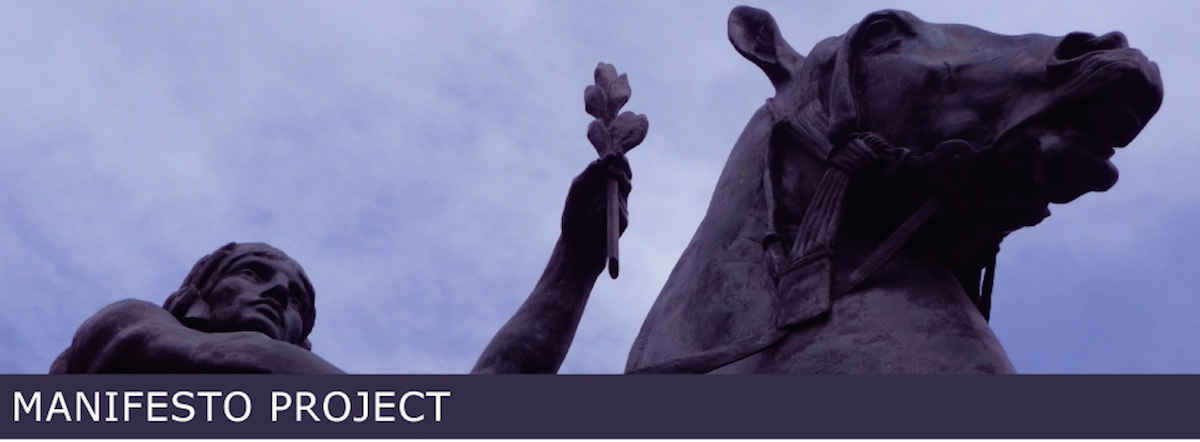Creator
Frog Design is an international design company
Purpose
“frog advances the human experience through design.
Since our early days ushering in the era of personal computing, our rallying cry has been ‘form follows emotion.’ Today our work goes beyond individual forms—we design systems of brand, product, and service—but our focus on emotion remains. We strive to create the world as it should be, and our work results in experiences people love.” (website)

Manifesto
We are fanatical about improving the world
We choreograph cultural change through design
We are not just a business, after 50 years we’re part of the cultural fabric
Our work outlasts movements and fads
Quality is our non-compromising obligation
We strive to change minds, touch hearts and move markets
We are curious, vigilant, expert, cost-driven and aware of the need to save our scarce environment
Our talent is both an art and a science, it’s both business and culture
Our clients are the key to our success (however, we don’t take any b.s. – inside or outside)
We live honestly open and without fear
Humour and spirited fun are the essence of frog

Source
https://www.frogdesign.com/about
Comment
Frog is a world-class design company.
The interesting thing for me about the two manifesto visuals is that they are not consistent with what a company that is perhaps best known for their early work for Apple.
Instead, I see these two manifestos as fitting the typical ‘style’ of a manifesto. Essentially, this is short sharp statements with a mix of fonts in different sizes to create a visual poster.
I was hoping for a unique approach rather than the adoption of what I consider to be a ‘typical’ approach to designing your manifesto visual.
A comparison might be the Stanford Design School Napkin Manifesto. While this might be a bit of a cliche for designs (to draw your ideas on a napkin) it is consistent with the spirit of how design is created.
One thought of what Frog could have done is to have printed their manifesto onto the surface of one of their designed objects. Or perhaps, as a series of photographs with a single core statement on a single design. This would have created a unique series, a great launch event (photograph exhibition) plus a series of images that could be shared and downloaded on social media which could provide greater spread of their ideas and their brand.
At the level of content, there are some great words in this manifesto. For instance: fanatical, choreograph, outlast, non-compromising, touch hearts, move markets, vigilant and spirited.
These presents a lively creative feel to their thoughts.
More
Frank Lloyd Wright Apprentice Manifesto



